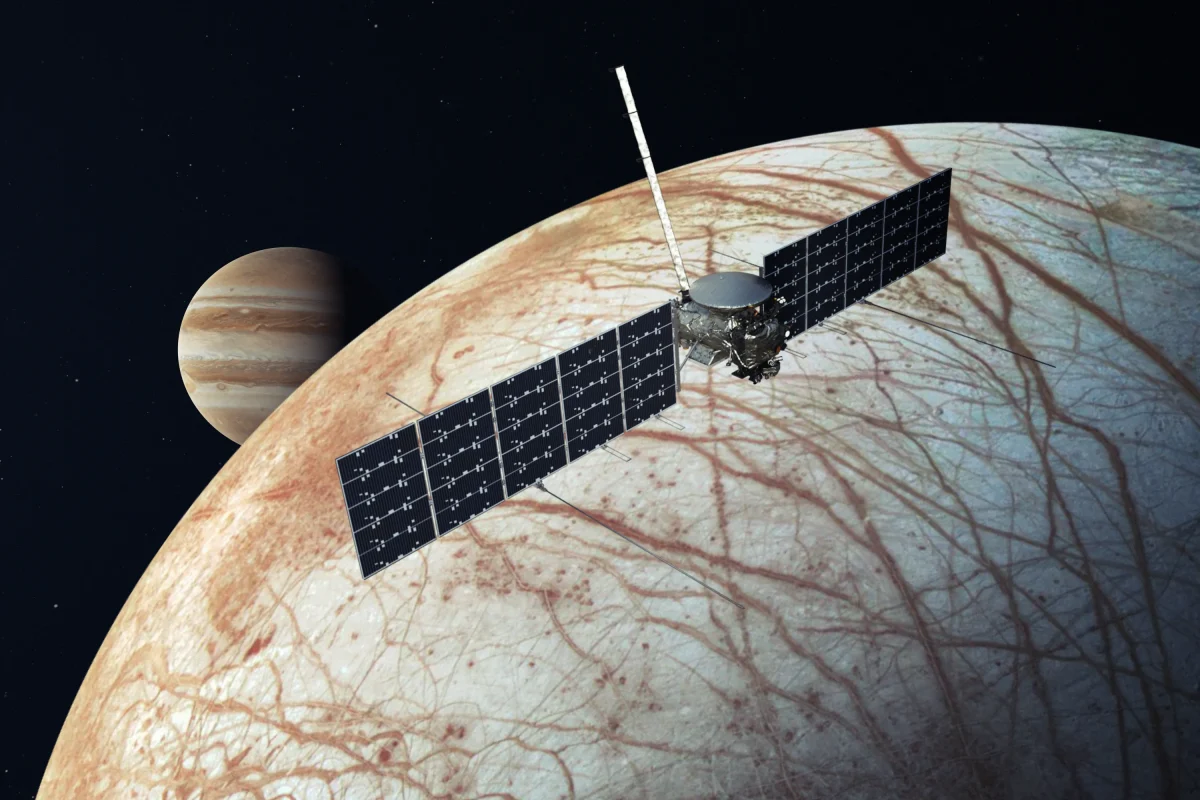On Monday Oct. 14, NASA began its mission to explore the area of Jupiter. The mission’s sole purpose is to determine whether Jupiter’s moon, Europa, could sustain life.
NASA’s Europa Clipper Spacecraft, designed for the exploration, was launched aboard a SpaceX rocket. The rocket took off at NASA’s Kennedy Space Center in Florida.
The Europa Clipper mission was originally scheduled for takeoff the Thursday before, but due to Hurricane Milton, the mission was delayed to Monday afternoon on Oct.14. This six-ton spacecraft is, in fact, NASA’s largest build for a mission ever.
The possibility of life on Jupiter itself is unlikely because the planet is primarily composed of hydrogen and helium with a rich methane atmosphere. However, scientists believe the moon is more probable. Europa consists of a liquid ocean beneath its icy surface. Evidence strongly supports that there is a liquid salt-water beneath the surface. If correct, the potential for life on the moon can be supported with suitable compounds. Europa’s liquid ocean is estimated to have twice the volume of Earth’s oceans, according to NASA.
“Characterizing Europa’s subsurface ocean, its crustal-ice thickness, its core size and getting information about water-vapor plumes will vastly expand our understanding of conditions needed for life.” -Gregory Feiden, University of North Georgia associate professor of astronomy
Once arriving to Europa, the spacecraft will fly 49 times and get within 25 kilometers of the surface. To make these trips, the spacecraft will fly through harsh, radiated environments caused by Jupiter’s big magnetic field. According to NASA, Jupiter’s magnetic field is 20,000 times stronger than Earth’s.
The spacecraft is expected to reach Jupiter’s moon by April of 2030. In the meantime the spacecraft will first begin passing by Mars, and then around Earth one final time. This is because Earth and Mars’ gravity can push the spacecraft further.
























